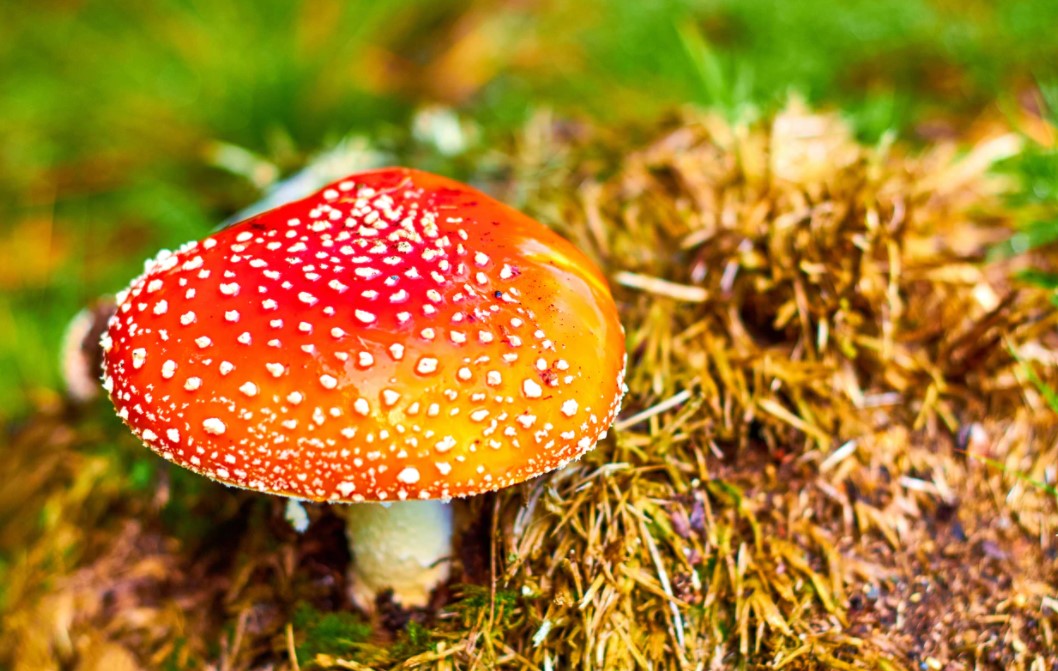Abstract
Psilocybin mushrooms, commonly known as magic mushrooms or shrooms, are a polyphyletic, informal group of fungi that contain psilocybin which turns into psilocin.[1][2] Biological genera containing psilocybin mushrooms include Copelandia, Gymnopilus, Inocybe, Panaeolus, Pholiotina, Pluteus, and Psilocybe. Psilocybin mushrooms have been and continue to be used in indigenous New World cultures in religious, divinatory, or spiritual contexts.[3] They may be depicted in Stone Age rock art in Africa and Europe, but are most famously represented in the Pre-Columbian sculptures and glyphs seen throughout North, Central and South America.
Full Article
Generated from XML file
Authors
The The hallucinogenic species of the Psilocybe genus on Cancer. (2021). Journal of Novelty, 1(`1). https://demo.openjournaltheme.com/novelty/article/view/69
- Every manuscript submitted to must observe the policy and terms set by the Dental Journal (Majalah Kedokteran Gigi).
- Publication rights to manuscript content published by the Dental Journal (Majalah Kedokteran Gigi) is owned by the journal with the consent and approval of the author(s) concerned.
- Full texts of electronically published manuscripts can be accessed free of charge and used according to the license shown below.
- The Dental Journal (Majalah Kedokteran Gigi) is licensed under a Creative Commons Attribution-ShareAlike 4.0 International License
Article Details
How to Cite
The The hallucinogenic species of the Psilocybe genus on Cancer. (2021). Journal of Novelty, 1(`1). https://demo.openjournaltheme.com/novelty/article/view/69

